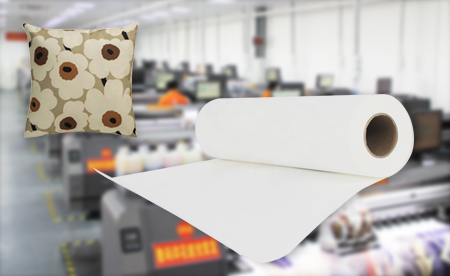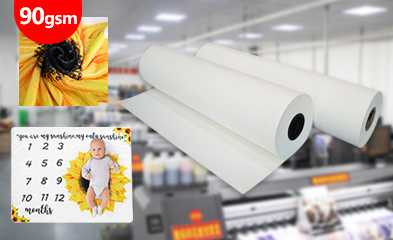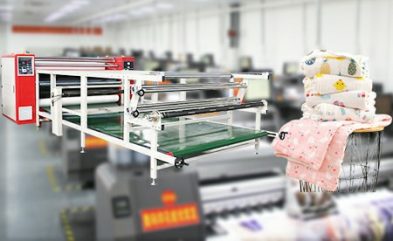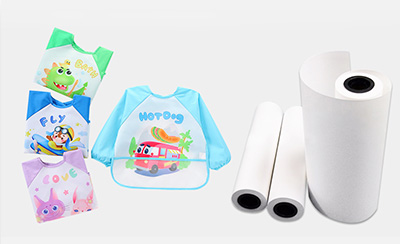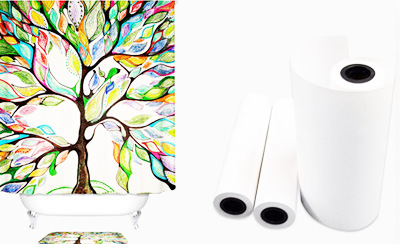HOT SALE
APPLICATION
Contact: Whatsapp:8618268932884 Email:helen.cf@changfatextile.com
Firstly, what is heat sublimation? In a simple way, we all know that solids will turn into liquids when heated to a certain temperature, and liquids will turn into gases when heated to a certain temperature. Then, the process of solids turning directly into gases when heated to a certain temperature is called sublimation.
Thermal sublimation transfer printing is currently applied to polyester fabrics or fabrics containing more than 80% polyester. Or, it can be applied to materials that can withstand temperatures exceeding 210℃ (a thermal sublimation coating needs to be applied on the surface of the material). Common examples include DIY mugs, DIY ceramic plates, DIY photo frames, most of which are created through thermal sublimation transfer printing.ChangFa Digital Printing professional print different pattern for fabric.
Compared to the brother of the heat transfer printing process, the heat press, the advantages of thermal sublimation transfer printing are as follows: 1. It does not change the texture of the clothing, unlike the heat press which feels like there is a layer of glue on the surface of the clothing, but instead the ink directly penetrates into the fabric. 2. It is not easy to fade and has a high color fastness. However, the disadvantage of thermal sublimation transfer printing is that it cannot be applied to pure cotton fabrics at the moment.
To use thermal sublimation transfer printing for digital printing, you need a thermal sublimation printer, thermal sublimation ink, thermal sublimation transfer digital paper, and a heat press transfer machine. While it is indeed possible to complete thermal sublimation transfer printing using ordinary A4 paper, the transfer rate of the printed pattern is low and the color difference is significant.
Therefore, it is still necessary to use specialized thermal sublimation transfer digital paper.



